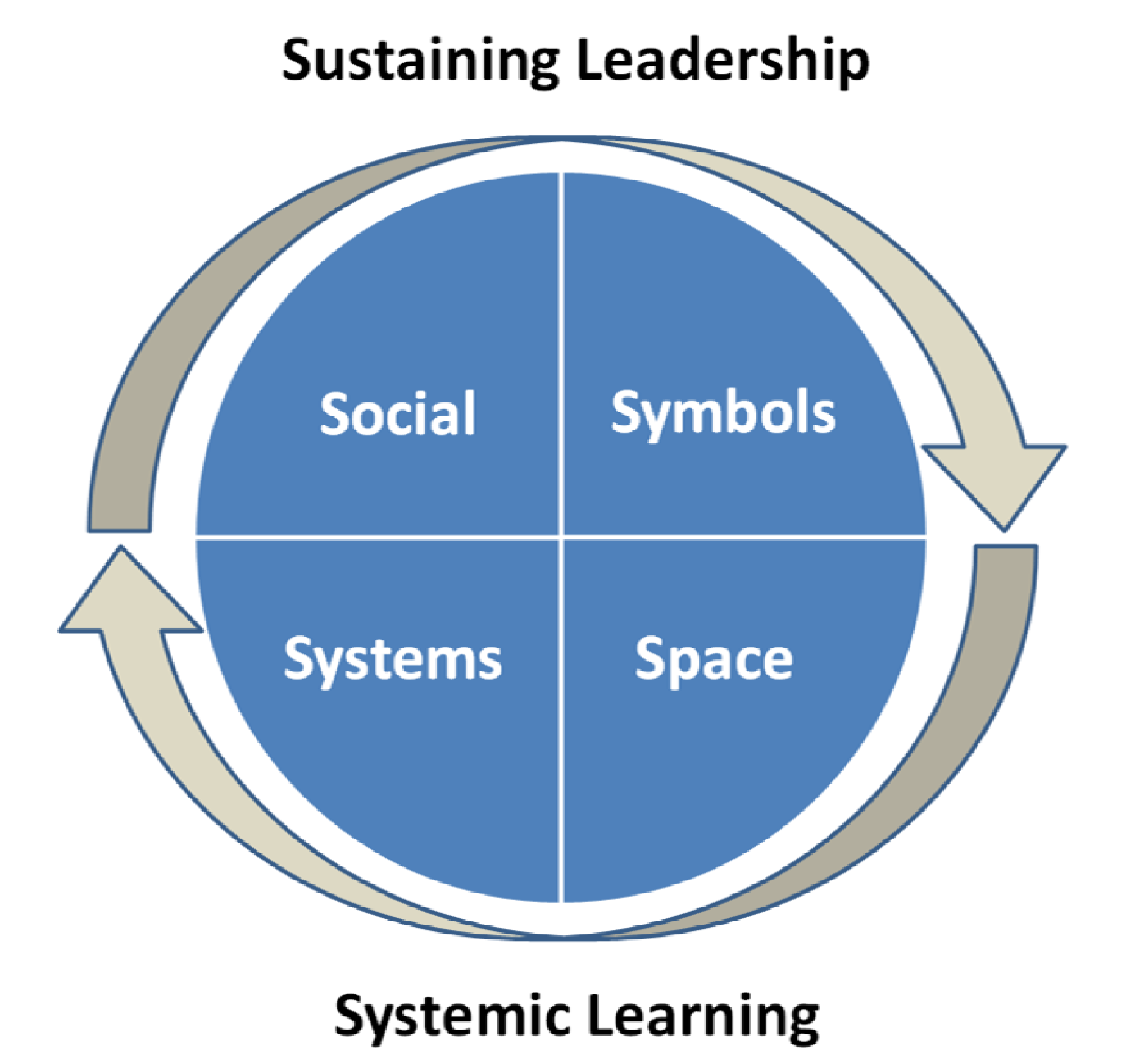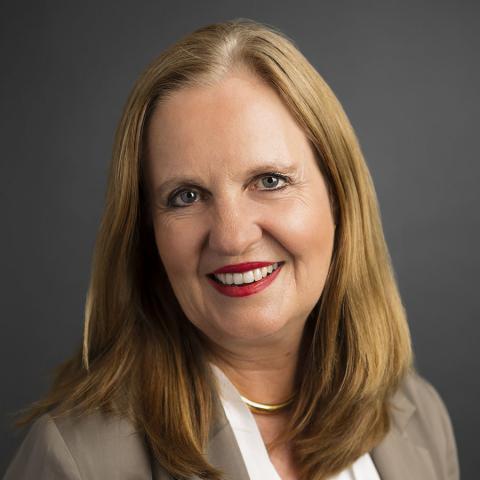Space Neutralized to Enable Better Collaboration
While the principles of design thinking changed the way Deloitte Australia used space, this is not a transformation story around a new design of physical work space. The company sought more sharing of expertise and time devoted to collaboration and idea generation; it was not physical space but rather cultural norms that inhibited corporate conversation and ideas. So the focus of the digital workplace transformation was on making it easier for employees to communicate more effectively regardless of location, hierarchy, or professional specialization. Office walls disappeared metaphorically and virtually, not physically, as people learned to work differently no matter their location using social tools such as Yammer, Facebook, and Twitter in order to build communities and teams around ideas.
Social Media Driving Strategic Change
Changing the cultural norms at Deloitte Australia focused on two key tasks: (1) developing digital proficiency across the organization, and (2)simplifying access to corporate conversations. At a time when most organizations had banned use of Facebook and other social media, Deloitte took a radical approach and made social media central to its strategic transformation.
Yammer virtualized the bloodline of Deloitte Australia, making it easy for every layer of the hierarchy to initiate or engage with the corporate conversation. The CEO and the executive team initiated and joined Yammer discussions daily, stimulating new ideas, engaging with people across the organization to develop innovations, and listening to online discussions to glean insights into ways to improve workplace effectiveness. People connected in new ways as they focused their attention and skills around ideas rather than siloed services. The Innovation team deployed additional resources to monitor Yammer for places where ideas were pooling. Sourcing of ideas became much more transparent and new champions emerged, many of whom had previously been invisible. A reverse mentoring program paired junior employees with partners who needed support to engage with social media.
Today almost all Deloitte Australia employees are actively engaged with Yammer in approximately 1400 special interest and project groups with focuses ranging from social activities to business project challenges. Facebook, LinkedIn, and Twitter are integral to the new way of working at the company, both internally and externally. All employees are expected to be fully engaged in social media and to be brand ambassadors in all their activity. Senior executives take turns weekly to tweet about Deloitte activities and views. Regular analysis of social media data at Deloitte is providing evidence that a strong association exists between collaboration, connectivity, and performance.
Symbols Making Strategy Visible
Symbols of change across Deloitte Australia were used to disrupt thinking and change conversations and to reinforce the new digital strategy daily. Works by new and emerging artists were exhibited on company walls, a Green Dot was added to the Deloitte logo, and social media tags such as @GreenDot and @AU_Deloittian were employed to symbolize that traditional ways of doing business should be challenged, questioned, and changed. Not only did these symbols get people talking about digital, they also symbolized a distinct cultural shift at Deloitte from a traditional, conservative organization to a “playful culture with serious intent."[foot]Juliet Bourke, “Interview with Giam Swiegers, outbound CEO of Deloitte Australia,” Deloitte Australia website, November 2014, http://www2.deloitte.com/au/en/pages/human-capital/articles/interview-with-giam-swiegers-outboundceo-deloitte-australia.html. [/foot]
Underpinning these symbols of innovation, Deloitte Australia established four pillars to shape debate and decision making: Data, Digital, Design, and Deloitte Access Analytics.




